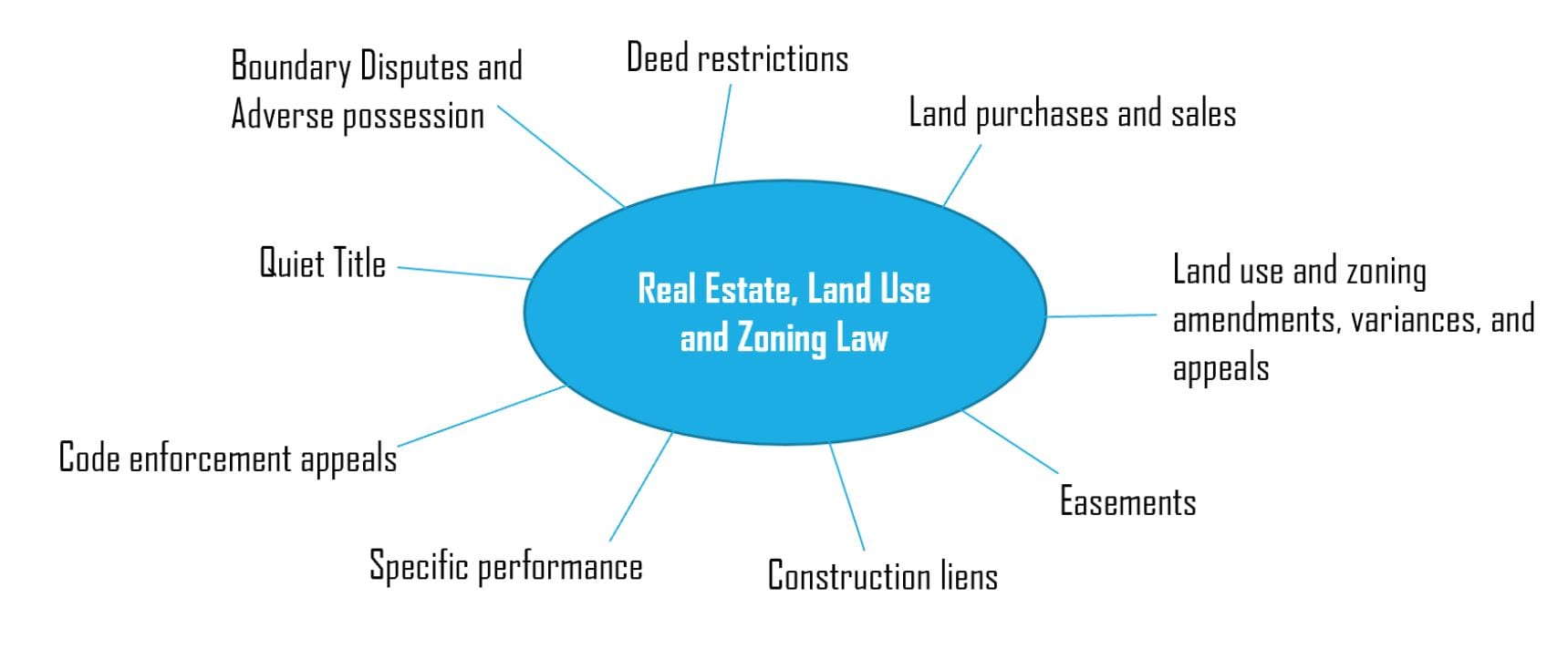

Defining Legal Boundaries: Navigating Real Estate Borders
The concept of legal real estate boundaries is fundamental to property ownership and transactions. In this exploration, we delve into the significance of understanding and navigating these boundaries, examining the key components that property owners and stakeholders must consider for a seamless and legally sound real estate experience.
The Essence of Legal Real Estate Boundaries
Legal real estate boundaries establish the spatial limits of a property and define the rights and responsibilities of the property owner. These boundaries are not merely physical markers but represent a complex interplay of legal frameworks, survey data, and historical considerations. Understanding these boundaries is paramount for property owners to exercise their rights and avoid potential disputes.
Surveying and Mapping: Precision in Boundary Determination
Surveying and mapping play a crucial role in determining legal real estate boundaries. Professional surveyors use advanced technologies to precisely measure and map the dimensions of a property. These surveys provide the basis for legal descriptions and boundary documentation, ensuring accuracy in delineating property lines.
Deeds and Legal Descriptions: Formalizing Boundaries
Deeds and legal descriptions are foundational documents that formalize real estate boundaries. When a property is transferred or sold, the deed includes a detailed legal description outlining the metes and bounds of the property. Property owners should thoroughly review these documents to ensure they align with their understanding of the property’s boundaries.
Easements and Rights-of-Way: Shared Boundaries
Easements and rights-of-way are legal concepts that affect real estate boundaries. An easement grants someone the right to use a portion of another person’s land for a specific purpose. Understanding the presence of easements is crucial, as they can impact how certain areas of a property can be utilized or accessed.
Adverse Possession: Legal Implications of Use
Adverse possession is a legal principle where someone gains ownership rights to another person’s property through continuous use or occupation. Property owners must be aware of adverse possession laws in their jurisdiction to protect their boundaries. Regular property surveys and vigilant monitoring can help prevent adverse possession claims.
Boundary Disputes: Navigating Legal Challenges
Despite careful surveys and legal descriptions, boundary disputes can still arise. Disputes may involve disagreements with neighbors, conflicting survey data, or unclear legal descriptions. Resolving boundary disputes often requires legal intervention, and property owners should seek professional advice to navigate these challenges effectively.
Encroachments: Addressing Overlapping Boundaries
Encroachments occur when a structure or improvement on one property extends beyond its legal boundaries and intrudes onto a neighboring property. Resolving encroachments may involve negotiation between neighbors, boundary adjustments, or legal actions to rectify the situation. Vigilance and prompt action are essential in addressing encroachment issues.
Public Records and Title Searches: Verifying Boundaries
Property owners can verify legal real estate boundaries through public records and title searches. These searches provide information on previous transactions, recorded easements, and any other encumbrances affecting the property. Thorough title searches contribute to a comprehensive understanding of the legal aspects surrounding property boundaries.
Fencing and Physical Markers: Practical Boundary Indicators
While legal documents and surveys define boundaries, physical markers such as fences and boundary monuments provide practical indicators. Property owners should periodically inspect and maintain these physical markers to ensure alignment with legal descriptions. Regular maintenance helps prevent disputes and reinforces the clarity of property boundaries.
Professional Guidance: Ensuring Legal Clarity
Given the complexity of legal real estate boundaries, property owners benefit from professional guidance. Real estate attorneys and surveyors can provide valuable insights, review legal documents, and offer advice on potential boundary issues. Seeking professional assistance ensures legal clarity and proactive resolution of any boundary-related challenges.
Conclusion: Empowering Property Owners
In conclusion, understanding and navigating legal real estate boundaries is crucial for empowering property owners and ensuring a legally sound real estate experience. From precise surveys and legal descriptions to addressing boundary disputes and verifying records, each component contributes to a comprehensive understanding of property boundaries. Property owners who prioritize this understanding contribute to a harmonious and legally secure real estate environment. To explore more about Legal Real Estate Boundaries, click here.







